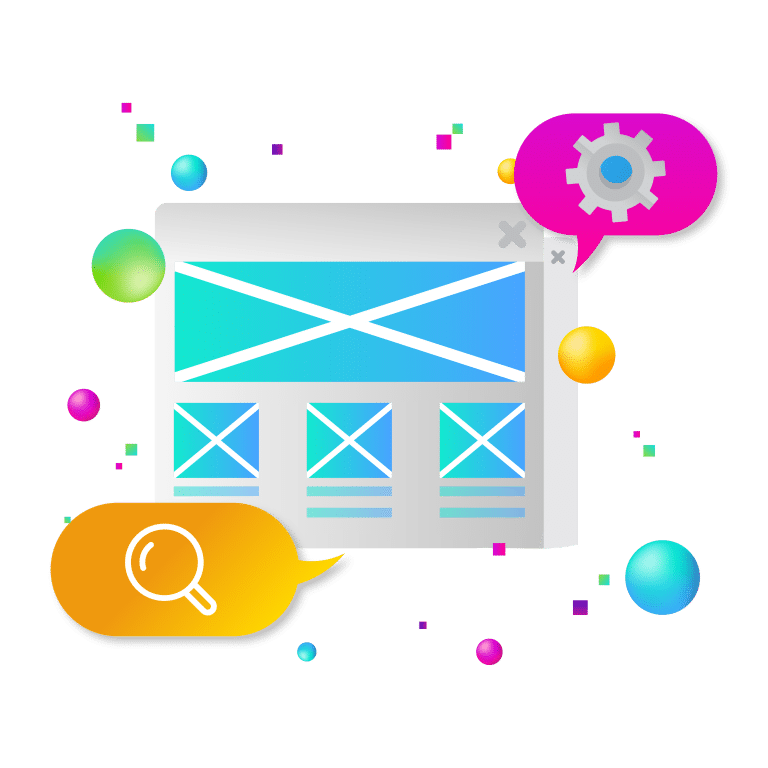Predictive analytics is a type of data analysis that uses historical data and machine learning algorithms to make predictions about future outcomes. By leveraging patterns in existing datasets, predictive analytics can help businesses to identify trends, make better decisions, and take proactive steps to optimize operations. It gives organizations the ability to anticipate customer needs, predict market changes, develop more effective marketing strategies, and improve operational efficiency.

Uses for Predictive Analytics
Predictive analytics has become increasingly valuable for making data-driven decisions in almost any industry and business sector. From healthcare and finance to retail and manufacturing, predictive analytics helps organizations gain insights into their customers’ preferences and behaviors – enabling them to make smarter decisions faster than ever before.
With predictive analytics, businesses are able to quickly capture real-time insights from their data and use them to develop products, optimize customer service, or even anticipate potential problems before they occur.
The key to success with predictive analytics is the ability to accurately interpret data and gain actionable insights that can be used to make informed decisions. By leveraging the power of predictive analytics, organizations can unlock valuable business intelligence, drive better outcomes, and remain competitive in an ever-evolving marketplace.
Achieving meaningful predictions
Predictive analytics can be used in a wide variety of settings, from helping to prevent crime to predicting customer behavior. In the public sector, predictive analytics is being used to manage government finances and services more efficiently, monitor health trends and improve safety on roads and bridges. Law enforcement agencies are using it for intelligence analysis, fraud detection, and risk management. In the private sector, predictive analytics is being used to optimize marketing campaigns, personalize customer experiences, and improve inventory management. In healthcare, predictive analytics can help identify high-risk patients and reduce medical costs by better predicting patient outcomes.
Ultimately, predictive analytics helps organizations make better decisions by providing them with insight into future scenarios that might otherwise be overlooked or unknown. By leveraging data and advanced analytical techniques, organizations can make meaningful predictions that will help them remain competitive in an increasingly unpredictable world.
The power of predictive analytics
The power of predictive analytics comes from its ability to process large amounts of data quickly and accurately. It can identify patterns in data that would be virtually impossible for an individual to detect. Using advanced algorithms, predictive analytics tools can track patterns across different types of data and determine the likelihood of future outcomes.
Predictive analytics allows companies to make decisions based on data rather than relying solely on intuition or experience. This type of analysis helps businesses identify patterns in past events and use these trends to improve decision making processes in the present and future.
By applying predictive analytics techniques such as machine learning algorithms, businesses can uncover hidden relationships between various factors, enabling them to make better decisions and anticipate future outcomes. Additionally, predictive analytics can help companies identify new opportunities by uncovering trends in large datasets that may have previously been overlooked. Ultimately, predictive analytics gives organizations a competitive edge by allowing them to stay ahead of the curve and make data-driven decisions quickly and accurately.
Tools
The most popular predictive analytics tools used today are machine learning and artificial intelligence (AI). Machine learning is a form of AI that uses algorithms to identify patterns in data, while AI develops rules and models to predict future outcomes. Data mining is another tool used for predictive analytics, which involves extracting usable information from large amounts of data.
Other predictive analytics tools include statistical modeling, data visualization, and natural language processing. Each tool offers its own unique advantages in helping to create accurate predictions. One benefit of using predictive analytics is that it helps organizations identify new opportunities for growth or improvement in their operations. It can also help them anticipate problems before they become too large to handle. Additionally, predictive analytics can be used to identify and quantify risks that could potentially lead to financial losses or other undesirable events. By utilizing predictive analytics, organizations can not only better prepare for the future but also become more proactive in their decision-making.
Predictive analytics is quickly becoming a key component of many industries, as it helps companies make smarter decisions faster than ever before. In today’s world, predictive analytics has become an essential tool for any organization that wants to stay ahead of the competition and succeed in a rapidly evolving market.



